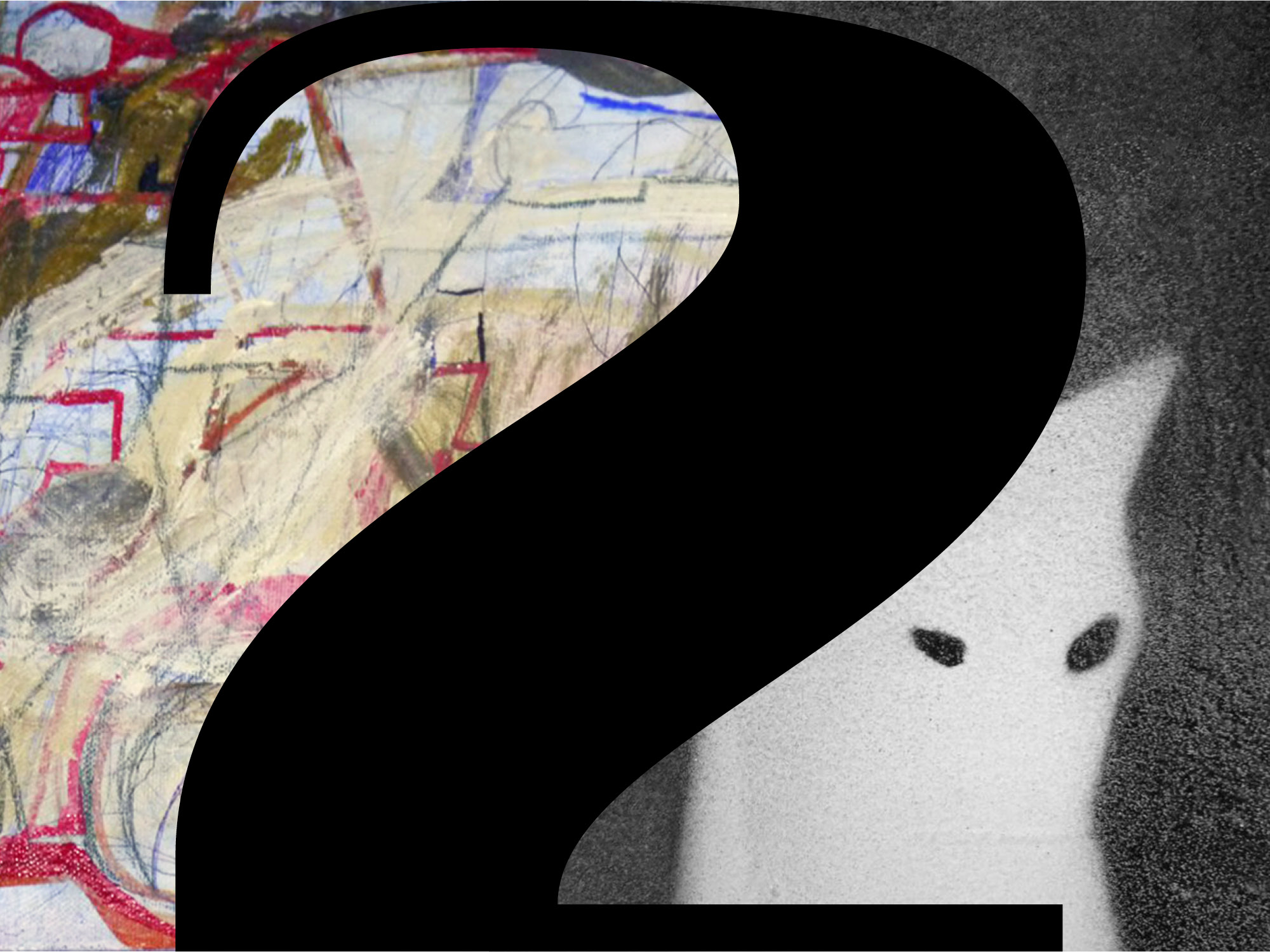
OPEN STUDIO: APRIL 24 - 29 / SMALL HALL
EXHIBITION: APRIL 30 - MAY 31 / SMALL HALL
Presented in the Small Hall of the Zarya Center for Contemporary Art, the exhibition “Two” brings together Valery Chtak (Moscow) and Kirill Kryuchkov (Vladivostok) for a collaborative project that can be observed in its formative stages through the experimental format of an Open Studio, running from April 24 until April 29. The exhibition then officially opens April 30 and will be on view through May 31. Admission is free of charge.
Vladivostok-based artist Kirill Kryuchkov is known first and foremost for his work on the street: his fonts, tags, overlays and patches can be found just as easily on the walls of the city as on his easel paintings. Kryuchkov cares deeply about nature and ecology and strives to live his life in harmony with the Earth and the surrounding environment. Reconciling people with the complicated landscape of life, his works tend to feature humanist utopian themes. The vibrant mosaics and drawings in the urban milieu serve as a kind of “landscaping,” transforming the gloomy cityscapes into “upgraded” living environments, through a play of space and colored paint.
A familiar figure on the Moscow scene, Valery Chtak works in a monochrome palette, weaving together images and text with references to philosophy, philology and cultural studies. Chtak’s paintings spill out over canvases, found objects and walls, mobilizing quotations, aphorisms, repeated visual motifs, text-based rebuses and semantic units across different languages. Any space created by Chtak acquires a complex depth, in which various disparate elements suddenly merge as parts of one elaborate immersive cipher. This marks Chtak’s second visit to Vladivostok, where he produced the site-specific installation, “Crab Inside,” as part of his residency at Zarya in 2016.
The methods and techniques of Chtak and Kryuchkov may vary, but both artists are confident that they can pull off this experimental exhibition-as-dialogue-as-improvisation. This is not Zarya’s first exhibition of artists who perhaps didn’t share the same “vibe,” but never before have these artists worked together. For Zarya, this exhibition is not just a formal experiment, but also a new way to support a few Vladivostok artists who have struggled to overcome the confines of the local scene.
As art critic and curator Nicolas Bourriaud once noted, “Art is a state of encounter.” We live in a world where the signs, symbols and images inciting us to certain actions have been commercialized. We all are destined to follow certain paths and “zones of communication.” When the architecture of life does not provide us with an exit from these set routes, then, despite all the advances in communications technology, our possibilities for real dialogue remain limited. In other words, outside of these particular circumstances, artists from different ends of the continent might never have met, nor engaged one another in a conversation.
This project aims to forge new paths for communication and push the conversation past all previously prescribed boundaries. Signs, symbols, images and emblems are also capable of facilitating communication and sharing experiences with others. When art serves as an opportunity for dialogue, an opportunity to change how we relate to life, then we are no longer talking just about a conversation between a random “two”-some, but rather expanding that conversation to all participants, including the viewers who visit the exhibition.
“Two” is not so much a dialogue, an accumulation or multiplication, as it is an increase in the number of possible interpretations, of other ways of looking at the context and influencing our perception of the world.